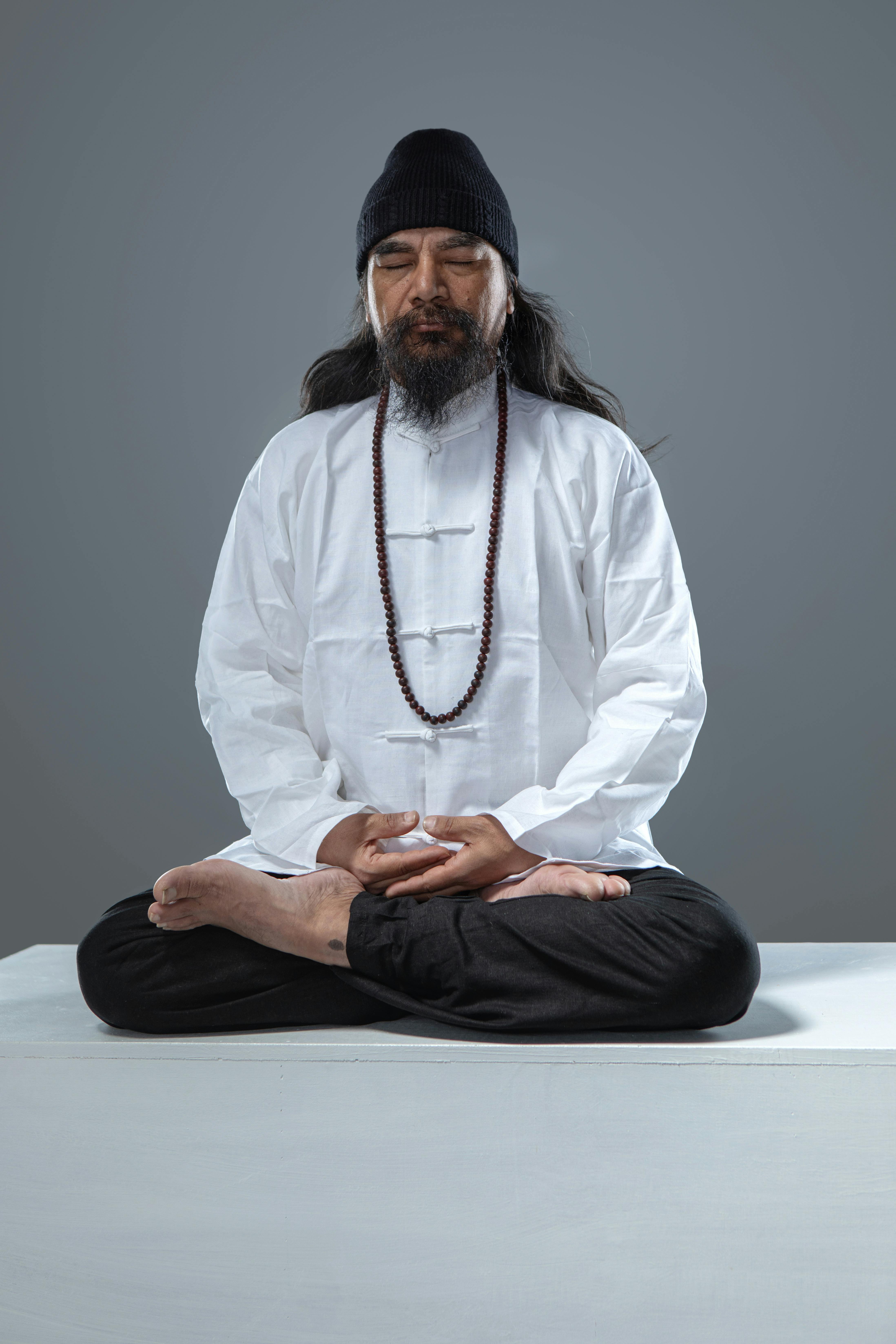Rejuvenating Health with the Ancient Practice of Qigong
For centuries, Eastern cultures have relied on the power of ancient practices to promote health and wellness. One such practice, Qigong, has maintained a strong foothold in the wellness arena, providing practitioners with a holistic approach to health. This article delves into the world of Qigong, exploring its historical roots, current impact, and scientific credibility.

Qigong: A Historical Overview
Qigong, pronounced ‘chee-gong’, is a traditional Chinese practice that integrates physical postures, breathing techniques, and focused intention. Its history spans over 4,000 years, with its origins deeply rooted in ancient Chinese culture. Qigong was initially practiced by Taoist monks to cultivate spiritual energy and longevity. Over time, it evolved into a practice promoting overall health and healing.
The Science Behind Qigong
In the realm of scientific research, Qigong has garnered attention for its potential health benefits. Studies have shown that Qigong can help reduce stress, improve balance and flexibility, enhance cardiovascular health, and even boost the immune system. Additionally, it’s considered beneficial for mental health, as it encourages mindfulness and relaxation.
Qigong in Modern Health Trends
Despite its ancient roots, Qigong has found a place in modern health trends. As people increasingly pursue holistic wellness, Qigong offers a unique blend of physical exercise, meditation, and breath control—aligning perfectly with the current emphasis on mind-body wellness. Its simplicity and versatility make it a practice suited for people of all ages and fitness levels.
The Practice of Qigong: Benefits and Challenges
Like any health practice, Qigong comes with its set of benefits and challenges. Its main advantage lies in its holistic approach, targeting physical, mental, and spiritual health. However, for beginners, mastering the intricate movements and breathing techniques can be challenging. But with persistence and proper guidance, these initial hurdles can be overcome.
Did you know?
- Qigong is one of the five pillars of Traditional Chinese Medicine, along with acupuncture, massage, herbal medicine, and diet.
- There are over 3,000 different styles of Qigong, each with unique movements and techniques.
- Qigong is often referred to as “moving meditation” due to its focus on mindfulness and breath control.
Wrapping Up
Qigong offers a refreshing and holistic approach to health and wellness, combining physical movement, breath control, and mental focus. Although it might seem intimidating to beginners, its potential health benefits make it worth the effort. As we continue to seek ways to improve our overall well-being, ancient practices like Qigong provide a valuable resource, reminding us of the timeless connection between mind, body, and spirit.




